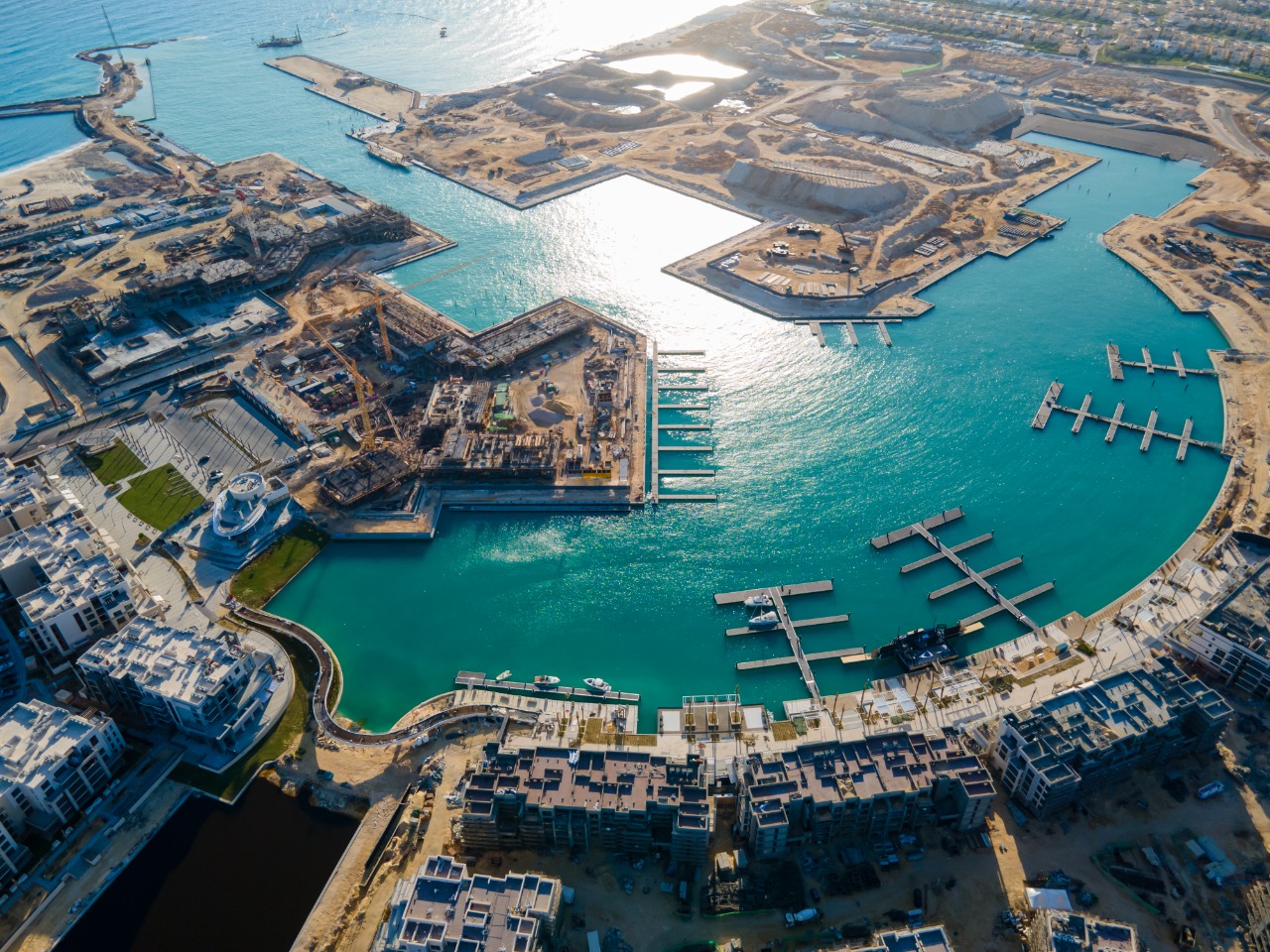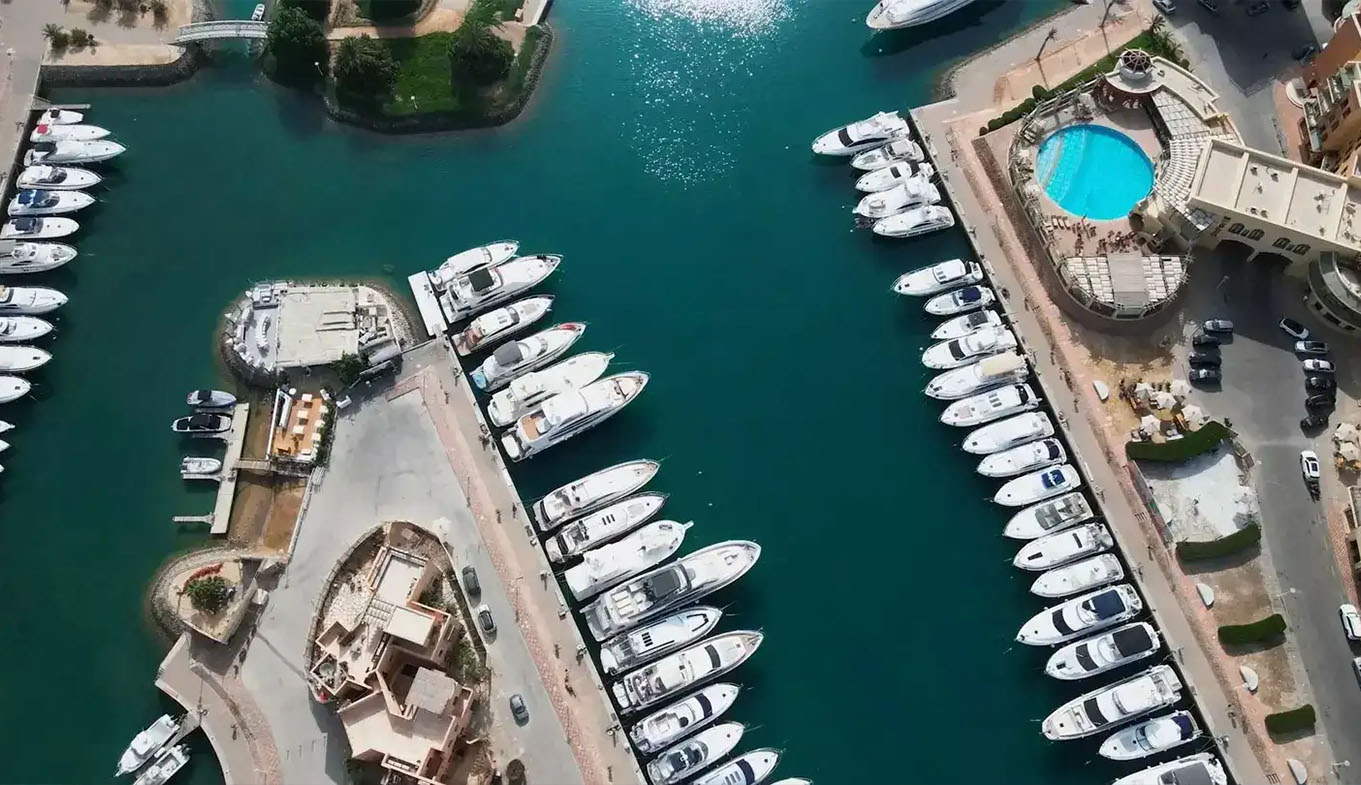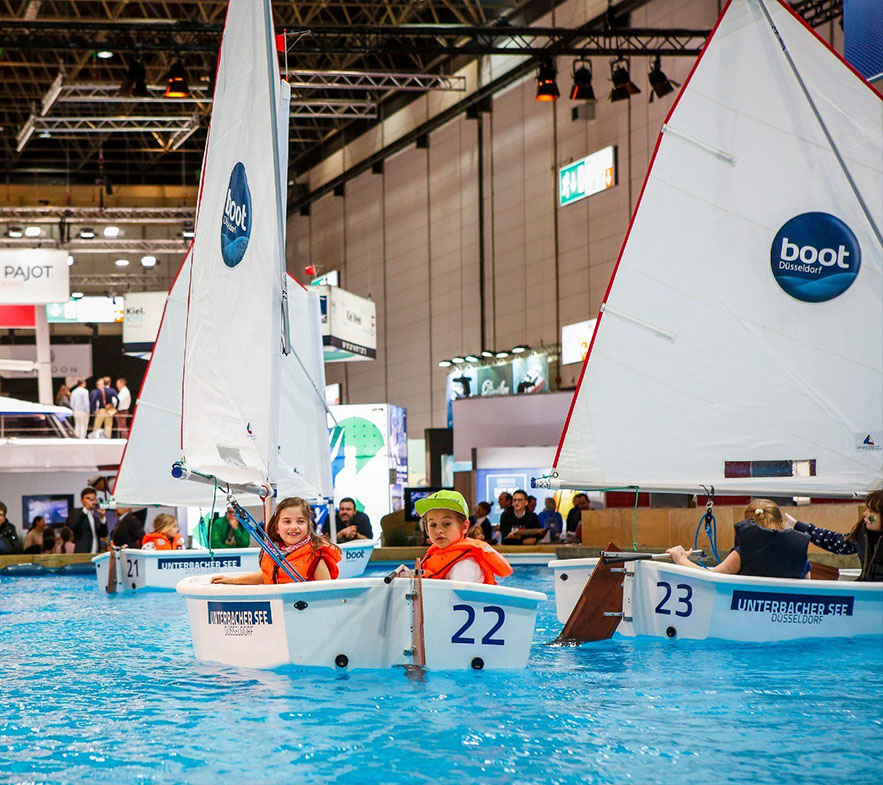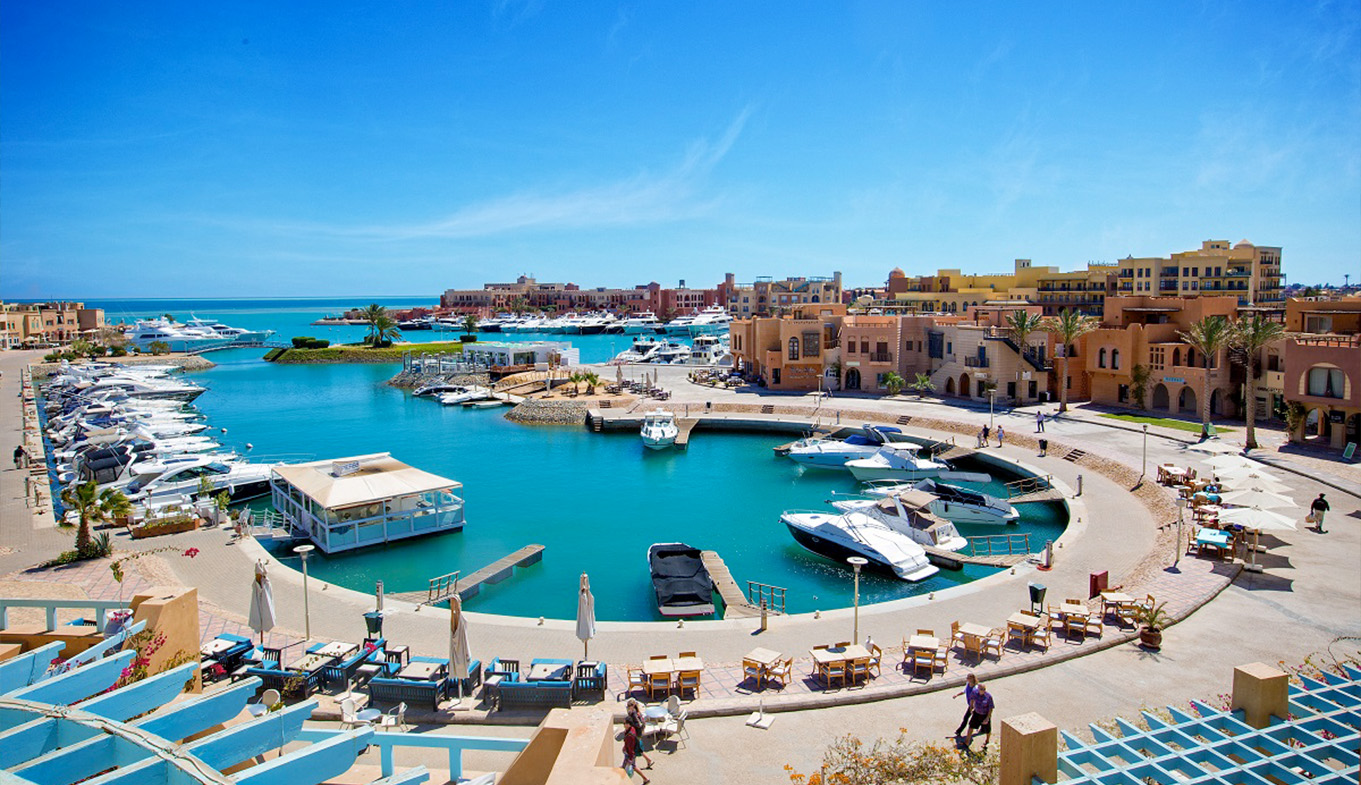THE BEST WAY FORWARD FOR THE INDUSTRY
The phenomenon of nautical tourism, including the marine industry, has yet to be fully explored in Egypt. Despite its potential for local development, nautical tourism has not received adequate attention or independent development, and its success is dependent on various factors, particularly national economic development. The impact of marinas and other types of nautical tourism on local development has not been well studied, but it is a fact that must be acknowledged in Egypt. It is therefore crucial to encourage future action for the benefit of the nautical tourism market in Egypt, particularly with regards to the development of marinas.
Tourism, including nautical tourism, is an essential sector with indirect effects that support the development of other industries. Over the past three decades, the marina, charter, and cruise industries have shown continuous high growth rates. Marinas have significant potential for the development of Egypt's economy. However, as the development of marinas in Egypt is still slow, and marinas have not been well studied until now, it is essential to shed light on the potential for nautical tourism and marinas' development in Egypt.
Defining nautical tourism must be considered in the context of a general definition of tourism. It is a combination of two notions: nautical and tourism, which means that nautical tourism carries two aspects - the economic dominant tourist aspect and the marine aspect, which refers to navigation on the sea, rivers, lakes, and channels.
The system of economic development in European developed countries, especially Germany, is based on well-organized local and regional government. Local governments raise development plans and implement them because they understand the needs and possibilities of the local economy and people's interests. In contrast, the European model is dominated by local governments in countries in transition, and the state is still expected to adopt strategic documents modeled on the previous system.
The development of nautical tourism in Europe confirms and promotes the European development model that can meet all the tourist markets of Europe. The development of nautical tourism affects economic growth in the European economic circumstances through two basic models. The first model involves a marina being established in a location where other segments of the tourist industry have already been highly developed. The second model involves a marina being established in an economically underdeveloped area.
In conclusion, the development of nautical tourism and marinas in Egypt has enormous potential for economic growth. It is essential to understand the needs and possibilities of the local economy and people's interests to ensure successful development. With the right support and development plans, Egypt can establish a thriving nautical tourism industry that benefits the local economy and supports the development of other industries.

In the first model mentioned, a marina is not a significant factor in the development of the area. Instead, it is just one component of a range of tourist facilities. This model is commonly observed in tourist-saturated regions such as Nice on the Cote d’Azur. In this model, the marina, charter and cruising services merely serve as supplementary offerings to the primary tourist market which consists mainly of hotels.
In contrast, in the second model, a marina or cruise port plays a central role in the economic development of a locality or region. This model is prevalent in the Mediterranean region as well as on all coasts in Europe. The influence of a marina is particularly significant in less-developed areas, where it acts as a catalyst for extended development, akin to concentric circles. This model is evident throughout the Mediterranean Region and also in the Baltic Sea Region where marinas and cruising have become the driving forces for the development of tourism and the economy in general.
The first model is commonly found throughout Europe, especially in the Mediterranean region, wherever a marina is located near a large city. In such cases, being part of a city environment negates the need for additional marina facilities as everything required is already available within the city. However, there is a rare example where a marina has overtaken a developed tourist destination, achieving a scale that dominates the local tourist industry.
The second model, where a marina or a cruise port serves as an initiator for regional development, is intriguing, especially with regards to growth potential during times of economic crises. This model evolved spontaneously under market influence, but many European economies have yet to recognize its potential as a source for future development.
If we consider the European model of regional and local development, where planning and support for development are transferred from the state to a local and regional government, then the marina phenomenon should be studied as an excellent example of the theory put into practice. The second model is especially relevant to future development strategies in Europe as it plays a crucial role in promoting regional development, which is of central interest to local and regional governments. It offers an opportunity for a diversification strategy that can extend to the macro-economic level of development, with an obvious positive potential.
Yacht tourism represents a new type of tourism in Egypt, and it is considered the wealthiest kind of tourism as yacht owners are often wealthy individuals with significant financial spending power who sail for recreation. Therefore, it has the potential to generate considerable economic revenue for the benefit of Egyptian tourism. The Mediterranean Sea is an essential center for yacht tourism globally, with over 30,000 yachts annually sailing the area.
The suggestions for nautical tourism development priorities submitted by the government and regional authorities must be consulted with representatives from various sectors, including social, economic, and political environments. It is worth noting that careful cooperation and coordination of both the tourism and marine sectors, as well as the public and private sectors, are required for effective tourism development planning in seaside regions.

Egypt encourages both yacht tourism and the establishment of specialized ports on its shores, including Marina Naama, the first yacht marina in Naama Bay, Sharm El-Sheikh, built using the latest technology. Hurghada Marina, covering an area of 60,000 square meters, can accommodate up to 188 yachts at a time, as well as 128 residential units and hotel apartments. It is an ideal model for an international tourist marina on Egyptian land. Mediterranean Marina, located on the Mediterranean Sea, is designed to berth more than 1400 yachts and is the first yacht port in Africa. It offers recreational areas, private beaches for ladies, and more.
Taba Heights Marina offers safe moorings, maintenance services, and all the necessary amenities, with a water area of 11,500 square meters and the ability to accommodate up to 50 yachts. Abu Tig Marina serves as El-Gouna's front sea entrance and provides all the needed amenities for people to moor their yachts in an upscale port on the Red Sea Riveria.
Egypt urgently needs a Marina Association (MA) - a peak representative body for marinas, slipways, boatyards, berthing, mooring, and other marine storage facilities, as well as sailing and cruising boating clubs. The MA's mission should be to promote marinas, provide education, environmental accreditation, research programs, and policies, and contribute to the industry's sustainable development. The MA must cooperate with various bodies, including the Ministry of Tourism and Antiquities, The Egyptian Authority for Maritime Safety (EAMS), The Federation of Egyptian Industries (FEI), Tourism departments at chambers of commerce, the Egyptian Sailing & Water Ski Federation, the Armed Forces: National Service Projects Organization, the Naval Forces, the Coastal Guard Forces, the Ministry of Interior Tourism Police and Water Bodies Police, and the Ministry of Investment and International Cooperation.














